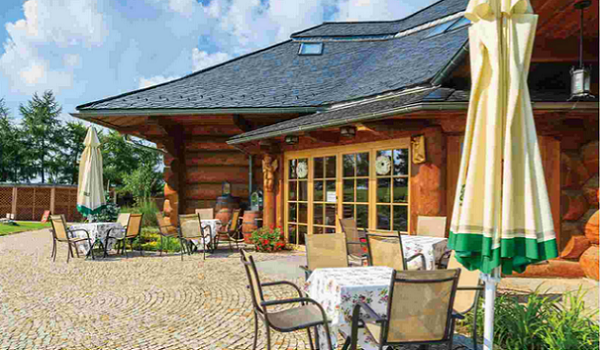All real estate markets in Dubai are continuing to experience price falls but the rate of decline is slowing and there is cautious optimism that the bottom could be reached before the end of the year, according to the latest analysis.
Property investors are preferring to lease rather than selling when the market is at such a low point so they are hanging on rather than accept low offers, says the report from CB Richard Ellis Middle East.
‘Dubai real estate endured another difficult quarter with minimum sales activity and further evidence of weak sales levels across all sectors,’ said Matt Green, associate director for research and consultancy.
In the commercial sector office space is currently outstripping demand as new completions add further pressure to existing stock. Several projects previously expected to enter the market during the first haf of 2009 are now being pushed further back as developers halt and slow construction, the report says.
A slowdown in business activity has caused a major drop-off in required office space creating excess space in older buildings over the last six months as companies downsize because of market conditions.
Of those companies currently in the market for space, it can be noted that new companies and companies formerly operating out of business centres are typically searching for fitted-out space emerging from older buildings as this drastically reduces setup costs. Also vacancy rates within newer locations remain high compared to older office districts.
In the residential market the exodus of the expatriate workforce, along with new stock entry, has resulted in a sharp drop in lease rates for residential apartments across all property types.
Traditional locations such as Bur Dubai, Deira and Karama, which previously had high occupancy ratios, have seen the emergence of vacant apartments in older and newer buildings, the report also shows.
Among non-freehold locations newer residential districts such as Al Barsha and Al Nahda are the worst affected.
Also during the last nine months many new buildings entered the market resulting in a hefty drop in lease rates. This has, however, allowed existing tenants to move to higher denomination apartments at the rate of their existing units.
Declining lease rates and the movement of existing tenants has forced landlords to opt for incentives. These include payment options of full a year’s rent in advance.
Green said that lease rates for both the residential and commercial properties sectors are likely to see a further drop over the remainder of the year but the decline will be marginal compared to the drop since the first half of 2009.
An important factor is the next six months will be the amount of stock coming onto the market with many projects in the latter stages of completion. The impact is expected to result in further competition betweem landlords and greater incentives for tenants, the report concludes.
‘The outlook for the second half of the year remains negative but importantly forecast levels of decline are notably less than already experienced during the first half. A period of minimal negative growth over the next three to six months could see some stability achieved and the market bottom called before year end,’ added Green.







